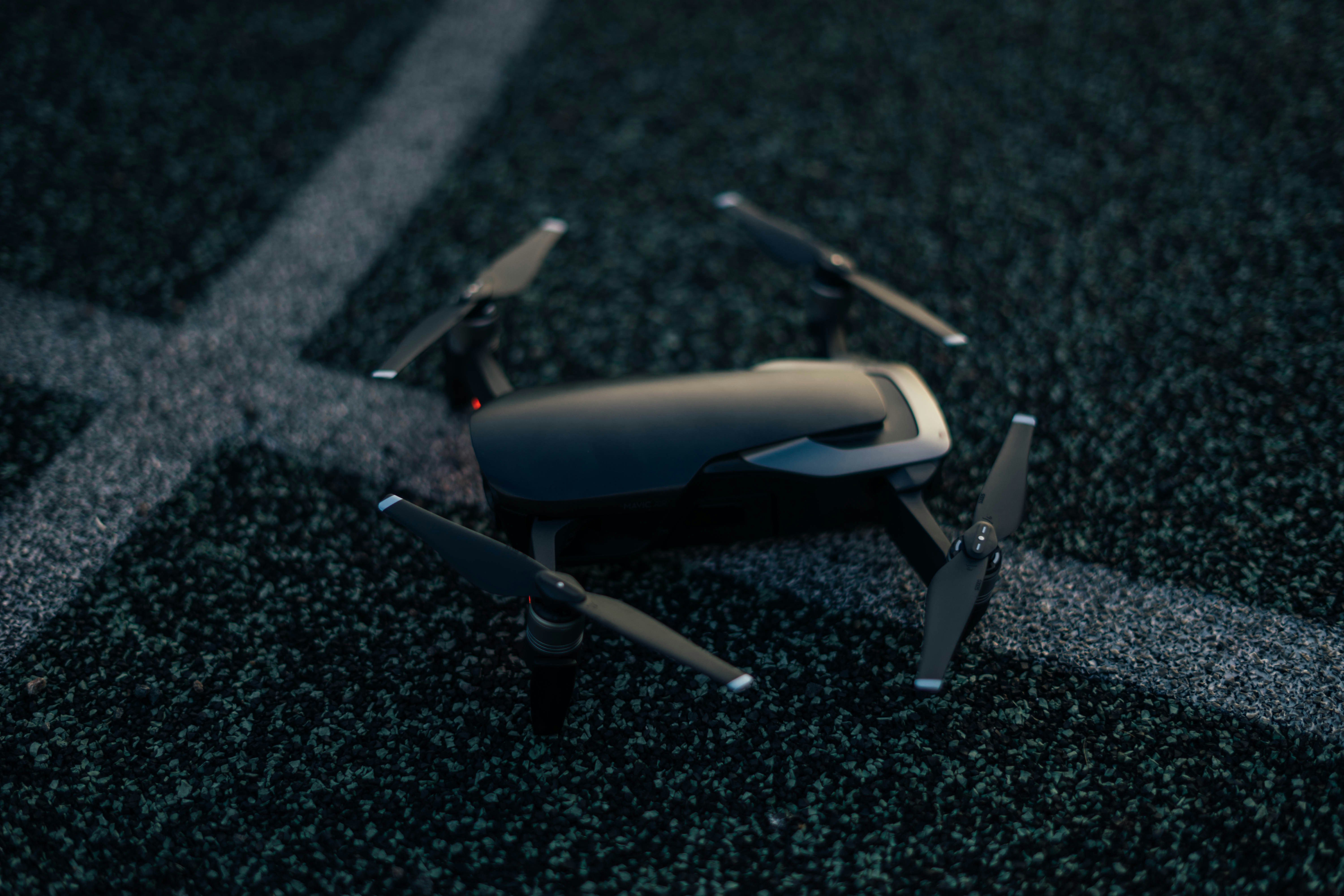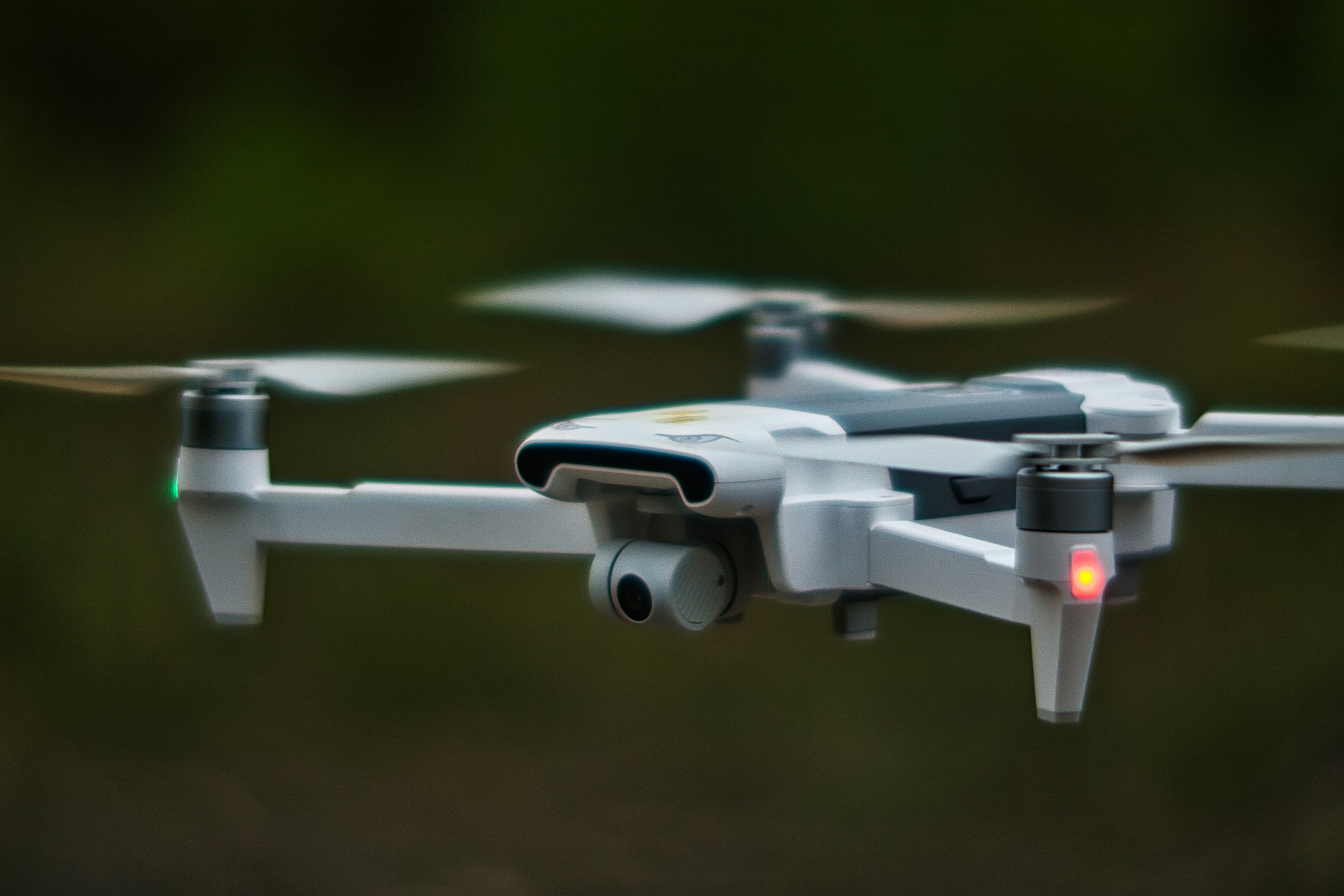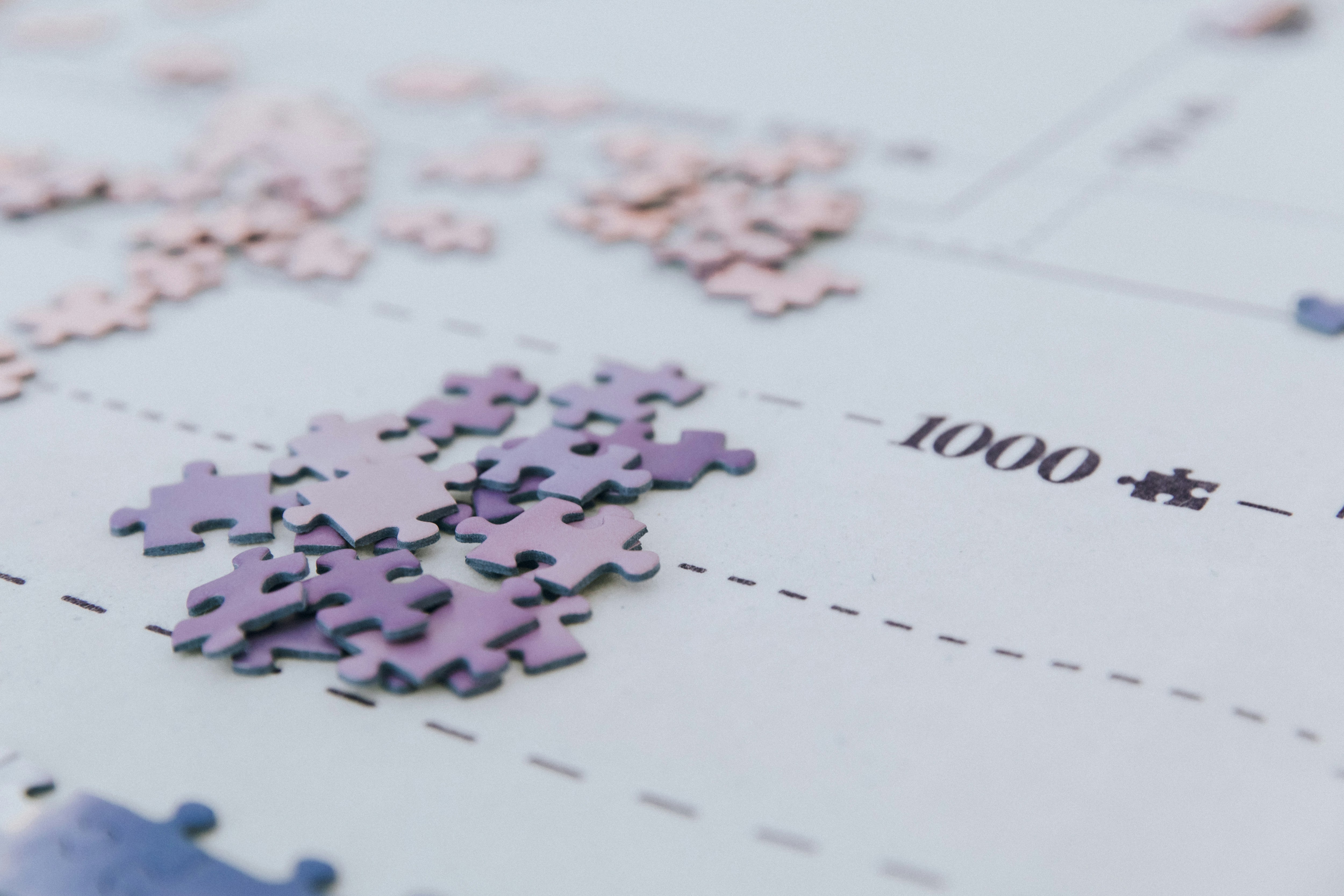
The Ultimate Glossary of UAV/Drone Terms: Your Comprehensive Guide to Aerial Innovation
Unmanned Aerial Vehicles—commonly known as UAVs or drones—have risen from hobbyist gadgets to sophisticated tools transforming countless industries. From agriculture and mapping to public safety and entertainment, drone technology is unlocking new perspectives and levels of efficiency. Yet, for newcomers and even seasoned operators, the growing array of terms, acronyms, and concepts can feel overwhelming.
This comprehensive glossary—will introduce you to the essential vocabulary of the UAV world. Whether you’re a pilot refining your skills, an engineer building new platforms, a data analyst interpreting aerial imagery, or a business exploring drone integration, these explanations will help you navigate the dynamic domain of drones. If you’re looking to explore or advance your career in UAV technology, remember to visit www.uavjobs.co.uk and follow UAV/Drone Jobs on LinkedIn for the latest positions, news, and insights.
1. Introduction to UAVs
1.1 UAV (Unmanned Aerial Vehicle)
Definition: An aircraft that operates without a human pilot onboard, controlled either remotely or autonomously by onboard systems. Often referred to as a “drone.”Context: UAVs range from small consumer quadcopters to large military aircraft. Civilian drones have rapidly expanded into agriculture, cinematography, inspection, and more, creating a vast market for operators, engineers, and support roles.
1.2 UAS (Unmanned Aircraft System)
Definition: The entire system enabling a drone to fly, including the aircraft, ground control station, communication links, and any required support equipment.Context: UAS covers more than just the UAV itself; it spans all the technology, software, and protocols ensuring safe, successful operations.
1.3 RPAS (Remotely Piloted Aircraft System)
Definition: Another term used by international aviation authorities—like ICAO—for drones, emphasising that a human pilot remotely controls the aircraft.Context: RPAS highlights the pilot’s role, contrasting fully autonomous or partially autonomous systems.
2. Basic Flight & Aerodynamics
2.1 Quadrotor
Definition: A helicopter-like UAV with four rotors, each with a motor and propeller. By adjusting the speed of these rotors, the drone moves in different directions.Context: Quadrotors (e.g., DJI-style drones) dominate the consumer and prosumer markets. They balance manoeuvrability, stability, and simplicity compared to multi-rotors with more than four arms.
2.2 Fixed-Wing Drone
Definition: A UAV featuring a rigid wing (like a traditional aeroplane) rather than rotating blades. Fixed-wing drones glide on lift generated by forward motion.Context: Fixed-wing platforms often excel in long-duration flights, covering large areas efficiently for surveying, mapping, or search and rescue missions.
2.3 VTOL (Vertical Take-Off and Landing)
Definition: Drones capable of taking off and landing vertically, like a helicopter, yet sometimes transitioning to forward flight like a fixed-wing plane.Context: VTOL designs blend the long-range efficiency of fixed wings with the compact launch/landing capabilities of multi-rotors. They suit industries with limited ground space for runways.
2.4 Thrust-to-Weight Ratio
Definition: The ratio between the maximum thrust a drone’s propulsion system can provide and the drone’s weight. Higher ratios enable faster climb rates and more agile manoeuvres.Context: When designing or choosing a drone, understanding thrust-to-weight is crucial for stable flight under various payloads or weather conditions.
3. Drone Hardware & Components
3.1 Flight Controller (FC)
Definition: The onboard computer controlling a drone’s motors, stabilisation, and flight modes based on pilot input or pre-programmed instructions.Context: Flight controllers (like Pixhawk, ArduPilot, or DJI modules) gather data from sensors (gyroscopes, accelerometers, GPS) and adjust motor outputs to keep the UAV stable.
3.2 ESC (Electronic Speed Controller)
Definition: A device regulating the speed and direction of brushless DC motors that power the drone’s propellers.Context: ESCs interpret signals from the flight controller, converting battery voltage into the correct motor output. Sizing ESCs properly prevents overheating or motor inefficiency.
3.3 Brushless Motor
Definition: An electric motor without brushes, offering higher efficiency and lifespan than brushed counterparts. They’re standard in modern drones for reliable, powerful flight.Context: Brushless motors reduce maintenance and heat generation, critical for stable flight and longer lifespans in multi-rotor UAVs.
3.4 Propellers
Definition: Rotating blades producing lift via aerodynamic forces. Typically made of plastic, carbon fibre, or composite materials.Context: Propellers vary in diameter and pitch to suit different UAV designs (endurance vs. agility). Choosing the right prop is key to balancing thrust, efficiency, and noise.
3.5 Battery & Power Systems
Definition: UAVs typically rely on lithium polymer (LiPo) or lithium-ion batteries, chosen for high energy density. Battery management ensures safe charging, discharging, and lifespan.Context: Battery capacity and discharge ratings directly affect flight time. Innovations in battery chemistry or fuel cells can significantly extend UAV endurance.
3.6 Gimbal
Definition: A stabilised mount for cameras or sensors, counteracting drone movements to maintain steady, level footage or data capture.Context: Gimbals rely on motors and IMU sensors to offset yaw, pitch, and roll, crucial for high-quality aerial imaging.
4. Flight Control Systems & Autonomy
4.1 Remote Controller / Transmitter
Definition: The handheld device (or app-based solution) used by a pilot to send commands to the UAV, often utilising radio frequencies (2.4 GHz, 5.8 GHz).Context: Controllers can have dedicated screens, FPV (first-person view) functionalities, or be integrated with tablets/smartphones. Range and latency are key factors.
4.2 GPS / GNSS
Definition: Satellite-based navigation systems (Global Positioning System, or GNSS variants like Galileo, GLONASS) for positioning and flight path stabilisation.Context: GPS/GNSS ensures accurate drone location tracking, supporting features like return-to-home, geofencing, and waypoint flights.
4.3 IMU (Inertial Measurement Unit)
Definition: A combination of accelerometers, gyroscopes, and sometimes magnetometers measuring orientation, velocity, and gravitational forces.Context: IMUs feed data to the flight controller, enabling stable flight and responsive control under varying conditions.
4.4 Autopilot
Definition: Software/hardware functionality allowing autonomous flight according to waypoints or sensor inputs, freeing the pilot from manual control.Context: Autopilots vary in complexity, from basic altitude hold to advanced obstacle avoidance and path planning.
4.5 SLAM (Simultaneous Localisation and Mapping)
Definition: A method enabling a drone to map an environment while tracking its location within that environment, often using vision or LiDAR data.Context: SLAM underpins advanced autonomy, allowing drones to operate in GPS-denied areas or navigate complex indoor/outdoor environments.
5. Payloads & Sensor Technology
5.1 Camera Payload
Definition: The most common drone payload, typically a high-resolution camera for photography or videography. Advanced options include zoom lenses, 360° panoramic, or cinematic rigs.Context: Camera drones excel in real estate photography, cinematography, event coverage, or inspection tasks.
5.2 Multispectral Sensor
Definition: Captures data across different light wavelengths (e.g., visible, near-infrared, red edge), enabling agricultural or environmental analyses (e.g., crop health, vegetation indices).Context: Multispectral sensors help farmers detect stress in crops or monitor environmental changes, a big driver of UAV adoption in precision agriculture.
5.3 LiDAR (Light Detection and Ranging)
Definition: Uses laser pulses to measure distances, generating precise 3D point clouds for mapping terrain or structures.Context: LiDAR drones excel in surveying, archaeology, forestry, or utility inspection, producing highly accurate elevation models and object detection.
5.4 Thermal Imaging
Definition: Infrared sensors capturing heat signatures, revealing temperature variations. Useful in firefighting, search and rescue, or industrial inspection.Context: Thermal drones identify hotspots (wildfires, leaks in solar panels, pipeline failures) or locate missing persons in low visibility.
5.5 Gimbal Integration
Definition: The mechanical and software linkage between a gimbal and drone, ensuring stable payload operation (like a camera) under flight motions.Context: Successful gimbal integration ensures data or footage remains smooth even in windy or fast manoeuvring scenarios, critical for high-quality inspection or media work.
6. Data Capture & Analysis
6.1 Photogrammetry
Definition: The process of using overlapping aerial images to derive 2D maps or 3D models. By triangulating points across multiple photos, software reconstructs surfaces with precise measurements.Context: Photogrammetry is central in surveying, construction progress tracking, or heritage site modelling.
6.2 Orthomosaic
Definition: A georeferenced, top-down “stitched” image corrected for lens distortions and perspective, forming a seamless, accurate map from many aerial photos.Context: Orthomosaics deliver real-world scale and positioning, widely used in GIS and remote sensing tasks.
6.3 DSM / DTM (Digital Surface / Terrain Model)
Definition: 3D representations of ground surfaces—DSM includes buildings and vegetation, DTM represents bare earth.Context: DSM/DTM extracted from drone imagery or LiDAR data are critical for volumetric calculations, slope analysis, or flood modelling.
6.4 Real-Time Kinematic (RTK) / PPK
Definition: Methods improving drone GPS/GNSS accuracy by referencing a base station. RTK corrects in real-time, while PPK applies corrections post-flight.Context: RTK/PPK unlock high-precision mapping (centimetre-level) for surveying, construction, or engineering tasks.
6.5 AI / Machine Learning for Drone Data
Definition: Applying ML models to drone-collected imagery or sensor readings—detecting objects, classifying crops, identifying anomalies (cracks, leaks).Context: AI-driven data analysis expands UAV potential, automating repetitive tasks like counting livestock, monitoring pipeline corrosion, or measuring stockpile volumes.
7. Operational Considerations & Safety
7.1 Pre-Flight Checklists
Definition: A structured procedure verifying drone condition, battery levels, GPS locks, firmware updates, or regulatory compliance before take-off.Context: Rigorous checklists reduce accidents, ensuring operators detect hardware issues or poor flight conditions early.
7.2 BVLOS (Beyond Visual Line of Sight)
Definition: Drone flights operating outside the pilot’s direct visual range. Such operations often require special permissions due to increased risk.Context: BVLOS is crucial for extended or remote missions (pipeline inspection, large-scale mapping), but stringent regulation is common.
7.3 LOS (Line of Sight)
Definition: The pilot retains uninterrupted visual contact with the drone. Most regulations demand drones fly within LOS for safety.Context: LOS constraints can limit operational range or hamper advanced missions in obstructed environments unless special approvals are granted.
7.4 Collision Avoidance
Definition: Technology (often using sensors like vision, LiDAR, or ultrasonic) helping drones detect and evade obstacles automatically.Context: Collision avoidance reduces crashes, enabling safer flights in cluttered spaces like forests, urban sites, or indoor operations.
7.5 Return-to-Home (RTH)
Definition: A safety feature instructing the drone to return to its take-off location automatically when signal is lost, battery is low, or upon pilot command.Context: RTH helps prevent flyaways or crashes if communication fails, ensuring drones can land safely and reduce risk to people or property.
8. Regulations & Compliance
8.1 CAA (Civil Aviation Authority)
Definition: The UK regulator overseeing aviation safety, including drones and model aircraft.Context: The CAA issues regulations (like CAP 722), pilot certifications, and guidelines for UAV operators in UK airspace.
8.2 EASA (European Union Aviation Safety Agency)
Definition: The EU body responsible for civil aviation safety, including drone operations. EASA sets pan-European drone categories and rules.Context: EASA frameworks define open, specific, and certified categories, each with distinct requirements for pilot competency and risk management.
8.3 FAA (Federal Aviation Administration)
Definition: The United States aviation regulator. Though not directly for UK rules, FAA approaches often influence global drone policy.Context: FAA Part 107 guidelines govern commercial drone ops in the US, mirrored by many nations adopting similar licensing or operational limits.
8.4 Remote ID
Definition: A system or requirement for drones to broadcast identification, location, and flight data so authorities or the public can track airborne UAVs.Context: Remote ID fosters accountability, enabling safer integration of drones into national airspace, though privacy debates persist.
8.5 Operational Authorisation
Definition: Permissions granted by aviation authorities for drone flights—covering risk assessments, flight corridors, altitude limits, or special tasks.Context: Complex missions (BVLOS, high population areas) often need an operational authorisation or equivalent to ensure safety and mitigate risk.
9. Industry Use Cases & Applications
9.1 Agriculture & Precision Farming
Definition: Using drones for crop monitoring, spraying, and livestock tracking. Multispectral data can reveal plant health issues early.Context: Agricultural UAVs reduce fertiliser or pesticide usage, cut labour costs, and enhance yields, driving strong rural adoption.
9.2 Construction & Surveying
Definition: Drones create 2D/3D site maps, track project progress, measure stockpiles, or provide structure inspections.Context: Surveying UAVs drastically cut fieldwork time, delivering accurate topography or volumetric data. They often integrate RTK/PPK for centimetre-level positioning.
9.3 Public Safety & Emergency Response
Definition: Police, fire, and search-and-rescue teams deploy drones for situational awareness—assessing fire spread, locating missing persons, or handling hazardous materials.Context: Public safety UAVs operate in tough conditions, often requiring thermal, zoom cameras, or robust weatherproofing.
9.4 Cinematography & Media
Definition: Drone footage has become a staple in film, TV, and live events, offering dynamic aerial perspectives. High-end rigs carry professional cameras or broadcast equipment.Context: Cinematic drones emphasise flight stability, advanced gimbal control, and pilot skill for smooth, visually captivating shots.
9.5 Delivery & Logistics
Definition: Companies explore last-mile drone deliveries for medical supplies, consumer goods, or humanitarian aid. Trials worldwide assess feasibility, safety, and cost-effectiveness.Context: Drone delivery faces regulatory hurdles, needing BVLOS permits and robust autonomy or route planning software to ensure safe, efficient transport.
10. Future Trends & Emerging Topics
10.1 Drone Swarms
Definition: Multiple UAVs coordinating in a group—communicating to distribute tasks or perform complex manoeuvres synchronously.Context: Swarming can enhance search coverage, speed up data collection, or facilitate entertaining light shows, raising new possibilities but also logistical and safety challenges.
10.2 Urban Air Mobility (UAM)
Definition: Expanding UAV concepts to larger aircraft for passenger or cargo transport within city environments (eVTOL vehicles).Context: UAM merges drone tech with aviation—proposing airborne taxis or short-haul freight in congested urban spaces. Major companies like Uber, Airbus, and Volocopter explore prototypes.
10.3 Hydrogen & Advanced Power Sources
Definition: Drone research increasingly focuses on alternative energy—hydrogen fuel cells or solar-harvesting wings—to push flight times beyond what LiPo batteries allow.Context: Advanced power extends mission endurance, vital for long-range surveying or broad agricultural coverage, though cost and infrastructure remain barriers.
10.4 AI-Driven Autonomy
Definition: Integrating machine learning in onboard systems for adaptive route planning, real-time object detection, or self-improving flight performance.Context: AI moves UAVs beyond simple waypoint navigation, potentially enabling robust anti-collision, predictive maintenance, or collaborative multi-drone missions.
10.5 5G / 6G Network Integration
Definition: Leveraging high-bandwidth, low-latency wireless networks to enhance drone command, control, and data streaming.Context: 5G or future 6G could unlock real-time HD video for swarms or dynamic analytics, pushing UAV capabilities for remote inspection or telepresence.
11. Conclusion & Next Steps
UAVs or drones have transitioned from novelty gadgets to indispensable tools across industries, delivering efficiency, insights, and unique perspectives. This glossary of UAV terms demystifies the field—from hardware essentials and flight control systems to data analytics and regulatory frameworks. Whether you’re perfecting your piloting technique, integrating high-end sensors, or innovating in drone software and autonomy, these terms form the backbone of understanding and collaborating effectively in the UAV ecosystem.
Key Takeaways
Foundations: Grasping UAV acronyms (UAS, RPAS), multi-rotor vs. fixed-wing aerodynamics, and flight controller fundamentals is vital to building or operating drones successfully.
Hardware & Software Synergy: A drone’s capabilities depend on the interplay between robust hardware design and sophisticated flight control or data analysis software.
Regulations & Safety: Compliance with CAA/EASA rules, risk assessments, and safe operational practices remain top priorities—especially for commercial drone use.
Industrial Applications: Use cases abound—precision agriculture, public safety, surveying, cinematography, and beyond—offering vast career opportunities for pilots, engineers, data analysts, and project managers.
Emerging Trends: Drone swarms, advanced power systems, AI-driven autonomy, and urban air mobility point to a future where UAVs integrate seamlessly into daily life, requiring skilled professionals at every level.
For those seeking to start or advance a UAV career, check out www.uavjobs.co.uk—a dedicated platform where roles range from pilot/operator to hardware engineer, data analyst, and more. Engage with UAV/Drone Jobs on LinkedIn for industry insights, job listings, and professional networking. By combining a clear grasp of these core concepts with continuous upskilling and a passion for innovation, you’ll be well on your way to making your mark in the rapidly expanding world of drones.


